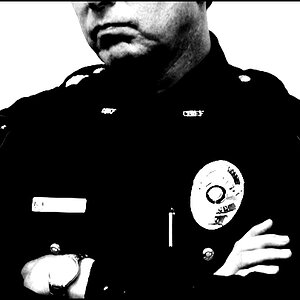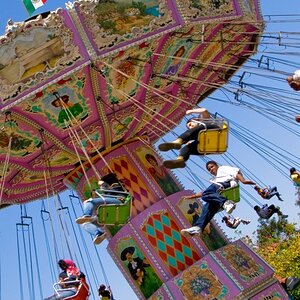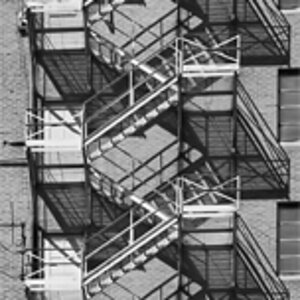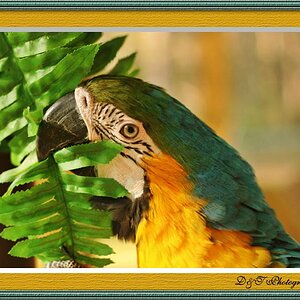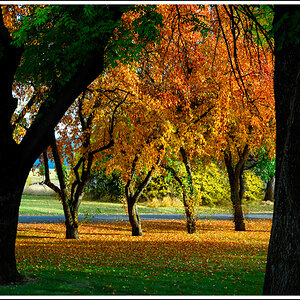Early
TPF Noob!
- Joined
- Feb 8, 2008
- Messages
- 1,239
- Reaction score
- 0
- Location
- Western NJ
- Can others edit my Photos
- Photos NOT OK to edit
Agreed! All things being equal, res., noise, etc., settings are usually much easier with pro machines.I'm not a Nikon guy, but on Canon's the layout is more well tuned for the advanced user. Manual controls are a lot less clumsy, and such.


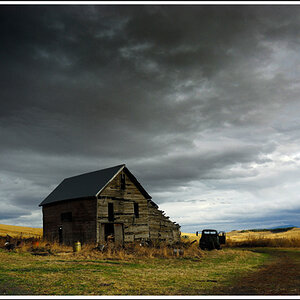


![[No title]](/data/xfmg/thumbnail/32/32699-3434a76363cb383404e00a3cd5ed5728.jpg?1619735601)


